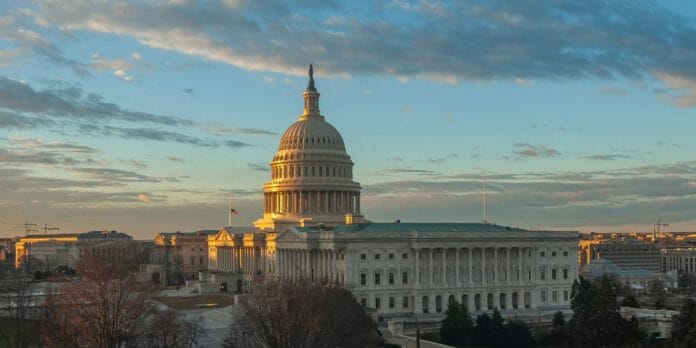US Federal Reserve Chairman Powell, as we expected, signalled the Fed will continue to hike rates until inflation is fully tamed.
The market apparently was looking for something a little more neutral. After all the talk of a ‘pause’ and ‘pivot’, none of which ever made any sense with a Fed that has said several times it will keep hiking rates even if it means some economic pain, we are back to square one with a Fed outlook to keep tightening.
The Fed was always going to keep raising rates aggressively, but the market decided to price in a slowing in hikes, and even a reversal.
So where does that leave us with the outlook for the stock market for the rest of this year, and into 2023?
The US and global economies are in far worse condition than anyone expected, and are struggling to find a footing or some kind of stabilisation. In this environment, the Fed will likely raise rates toward 4.5% to 5.5%.
This is highly problematic, but the Fed in its mind is triaging the situation. It cannot immediately grasp or deal with all the downward factors at play in the economy and so is simplistically focused on inflation first.
The Fed is reading from the 1960s playbook, which was when you have a booming economy and this is driving high inflation, you need to tap on the breaks for the economy by raising rates.
There are several flaws in this approach.
Firstly, interest rates were left at all-time crisis lows for far too long and unnecessarily means you can have a year of rate hikes before you begin to have any impact on the real economy. Apart from mortgage stress, which has been created by rates too low for too long in both the US and Australia. Encouraging greater risk-taking than many households can manage.
Secondly, the US economy is rapidly slowing. Not booming, as in previous central bank inflation fighting periods. This is a new economic experience, and it probably requires a lot more ‘look out the window’ at the real-world thinking, than just a repeat of what central bankers did last century
As we suggested mid-last year, the Fed was making a critical error in not beginning to raise rates gently at that time. For not responding to the strong Covid economic recovery and growing inflation at the time, could only result in the bank following up that historic blunder, with a too late, too aggressive rate hike cycle further down the track.
The Fed needs to understand it has made a huge blunder and is now wrong-footed by the contemporary situation. Only then, can the Fed begin to plot a better course than aggressive hikes during an economic slowdown.
The solution probably looks more like, we got it wrong, so let’s get rates quickly back to neutral. Then we can more fully consider if restrictive rate settings are appropriate in a weak economy with inflation that is predominantly supply-driven.
It may well be the case that this is not a form of inflation that will respond very much at all to higher interest rates. Therefore, why double up the already dampening forces of sky-high energy and food prices, that had little to do with economic growth levels?
A quick Fed response to a reasonable neutral, then a more nuanced approach from there is probably the best way to follow up on last year’s Fed policy settings disaster.
Rather than an overly-simplistic last century war on inflation approach.
Market insights and analysis from Clifford Bennett, Chief Economist at ACY Securities









